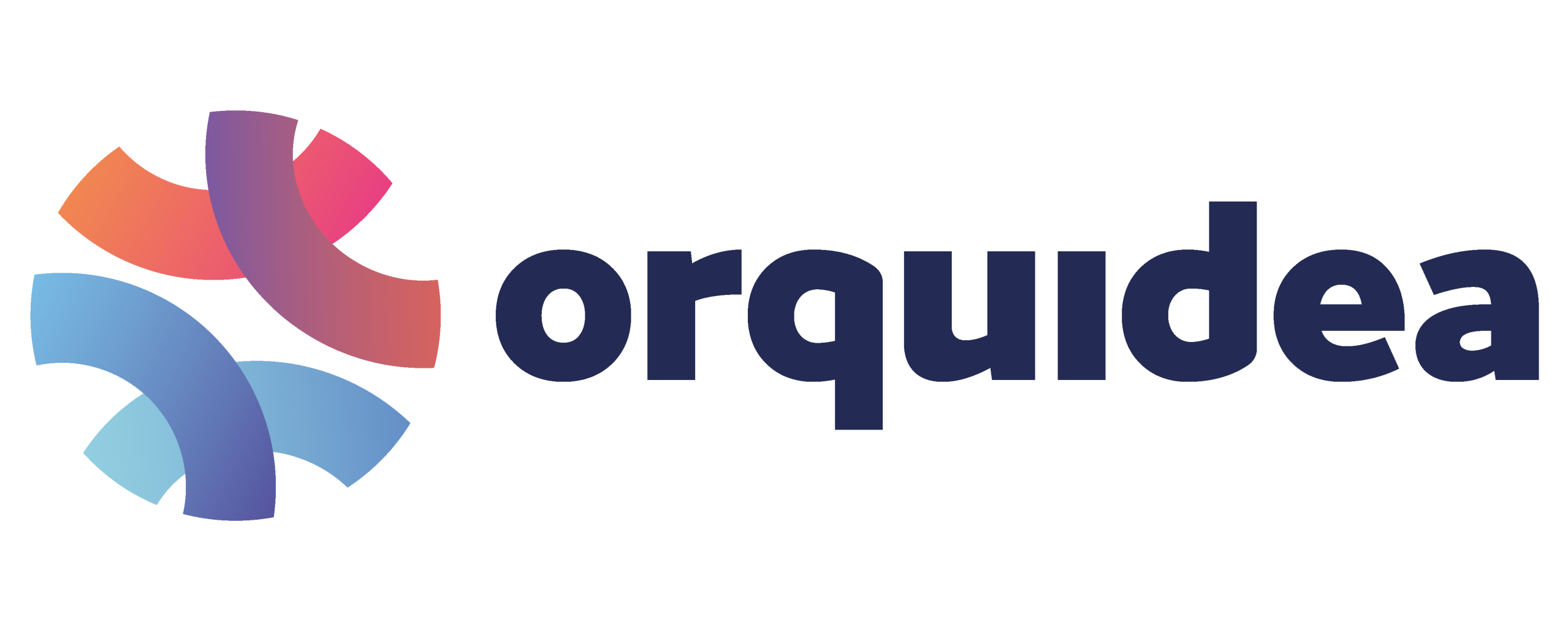The Poetics of Prompting: Language, Intention, and Machine Imagination
Prompting is not just instruction—it’s invocation. As generative AI systems become more accessible, the act of prompting evolves from technical input to creative expression. Whether crafting a sentence for a chatbot or composing a phrase for an image generator, users engage in a form of linguistic choreography that blends intention, ambiguity, and imagination. This article explores the poetics of prompting: how language shapes machine output, how intention becomes interface, and how prompting redefines authorship in the age of synthetic creativity.
1. Prompting as Creative Writing
A prompt is:
- A linguistic seed that guides machine generation
- A blend of command, suggestion, and metaphor
- A tool for shaping tone, style, and semantic direction
Prompting becomes a literary act, where word choice carries aesthetic and functional weight.
2. The Grammar of Intention
Effective prompts rely on:
- Syntax that guides model interpretation
- Semantic clarity or deliberate ambiguity
- Emotional cues embedded in phrasing
- Cultural references that shape output resonance
Prompting is a grammar of desire, not just instruction.
3. Prompting as Dialogue
Prompting is interactive:
- Users iterate and refine based on output
- Models respond with variation and surprise
- Feedback loops emerge between human and machine
It’s not a monologue—it’s a conversation with computation.
4. The Role of Metaphor and Allusion
Poetic prompts use:
- Figurative language to evoke mood or style
- Symbolic phrasing to guide abstraction
- Allusion to cultural or emotional archetypes
These techniques allow users to speak beyond the literal, inviting machine imagination.
5. Prompting as Performance
Prompting can be theatrical:
- Users perform roles (e.g. “Act as a historian…”)
- Prompts simulate scenes, voices, and personas
- Output becomes part of a staged interaction
Prompting is a dramaturgy of machine response.
6. Prompt Engineering vs. Prompt Poetics
Two approaches emerge:
- Engineering: optimizing for precision, reproducibility, and control
- Poetics: embracing ambiguity, serendipity, and expressive depth
Both are valid—but poetics invites exploration over efficiency.
7. Expert Perspectives
Sasha Stiles, poet and AI collaborator:
“Prompting is a new kind of authorship—where language becomes a spell, and the machine is the echo.”
Sebastian Schmieg, artist:
“Prompting is not just input—it’s a performance of understanding, a test of linguistic intimacy.”
Their views suggest prompting is a creative medium in its own right.
8. Cultural Implications
Prompting reshapes:
- Authorship and originality
- Language education and literacy
- Creative collaboration across disciplines
- The aesthetics of digital expression
It becomes a cultural practice, not just a technical skill.
9. Risks and Limitations
Challenges include:
- Prompt bias and unintended outputs
- Overfitting to dominant linguistic norms
- Loss of nuance in statistical interpretation
- Ethical concerns around manipulation and influence
Prompting must be critically examined—not just celebrated.
10. The Road Ahead
Expect:
- Prompt libraries and poetic prompt collections
- Interfaces that visualize prompt impact in real time
- Hybrid writing tools blending human and machine voice
- Artistic movements centered on prompt aesthetics
Prompting will evolve into a genre, a craft, and a language of its own.
Conclusion
Prompting is not just how we talk to machines—it’s how we imagine with them. In this new terrain, language becomes interface, intention becomes architecture, and creativity becomes a shared act of invocation. The poetics of prompting remind us that even in the age of algorithms, words still carry magic.
